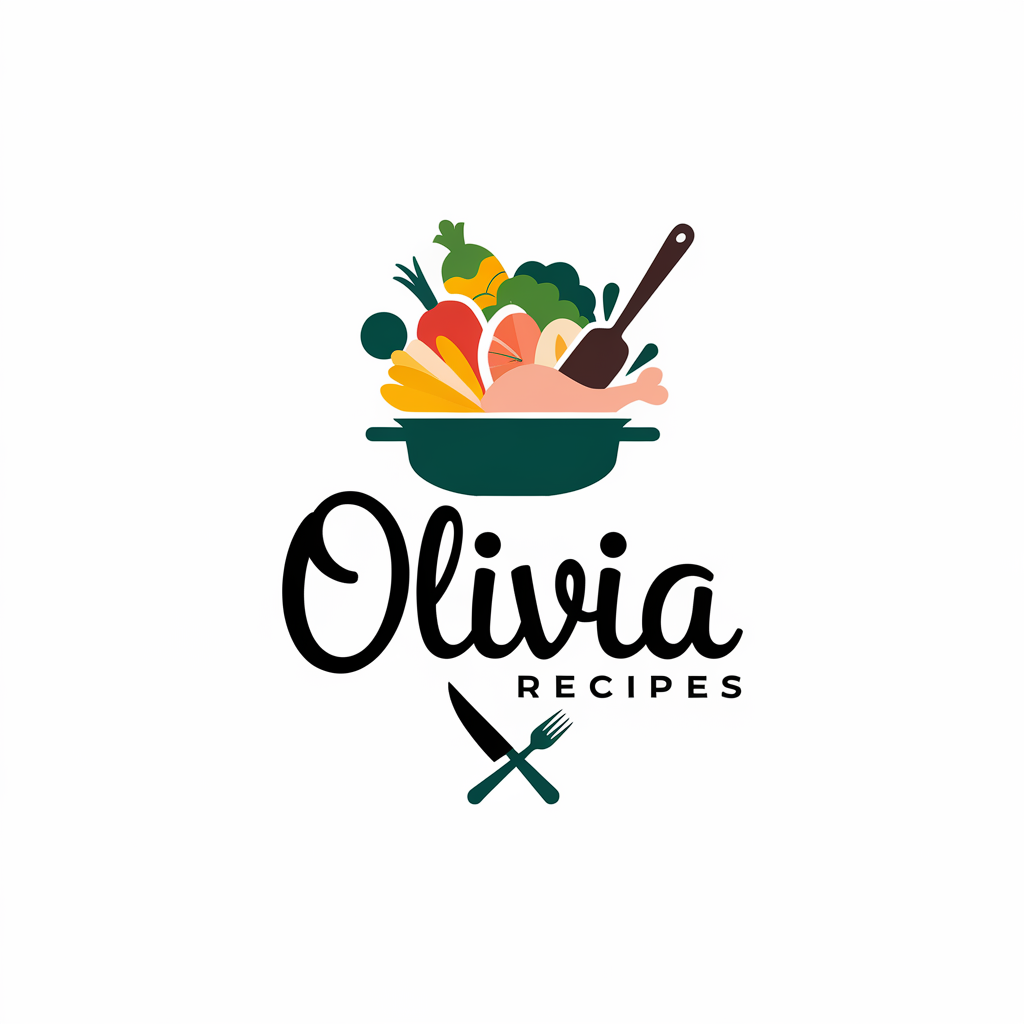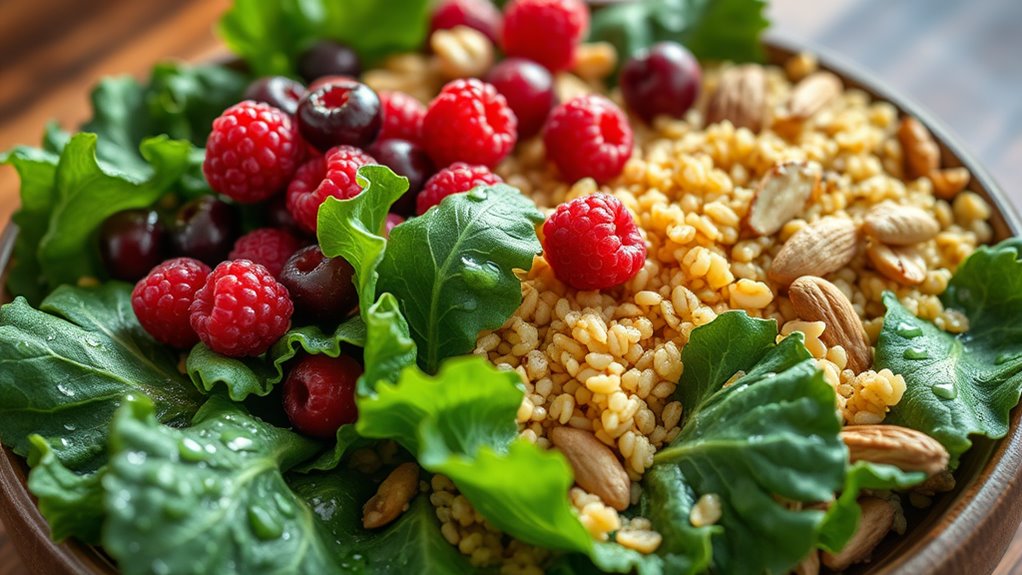Are You Getting Enough Nutrients From Your Meals.
Just as a car sputters without the right fuel, your body might falter if meals lack key nutrients like vitamins and minerals. You’re likely overlooking gaps in your intake, especially with surveys showing half of adults fall short on essentials. If fatigue’s hitting you hard, stick around to uncover simple ways to boost your diet.
Essential Nutrients and Their Sources
While you fuel your body with meals, essential nutrients are the vital vitamins, minerals, proteins, fats, and carbohydrates it can’t produce on its own.
You get vitamins from fruits and vegetables, minerals from nuts and seeds, proteins from meat and legumes, fats from avocados, and carbohydrates from whole grains. Additionally, many people often overlook essential nutrients that play a crucial role in maintaining overall health.
For a nutrient intake check, select these sources to guarantee balanced meals support your health effectively.
Assessing Your Daily Nutrient Intake
How do you accurately gauge your daily nutrient intake? Start by tracking your meals systematically to compare against guidelines.
-
Maintain a detailed food diary to log portions and foods.
-
Use evidence-based apps like MyFitnessPal for nutrient calculations.
-
Refer to USDA or WHO recommendations for daily needs.
-
Analyze patterns over time for balanced intake.
Additionally, focus on nutrient-dense foods as they provide essential vitamins and minerals without excessive calories.
Signs of Common Nutrient Shortfalls
Even though you maintain a balanced diet, common nutrient shortfalls can show up as subtle yet telling symptoms, such as fatigue from iron deficiency or brittle nails from low biotin levels.
You may notice muscle cramps with magnesium shortages or frequent infections due to insufficient vitamin C.
Recognizing these signs, like dry skin from vitamin E deficits, prompts you to evaluate your intake more closely for better health. Additionally, a nutrient imbalance can lead to persistent hunger, making it crucial to ensure your meals contain a variety of macronutrients and micronutrients for overall well-being.
Strategies to Enhance Nutrient Absorption
To boost nutrient absorption from your meals, pair foods strategically; for example, combining iron sources like spinach with vitamin C-rich options such as citrus fruits helps your body utilize them more effectively.
-
Chew your food thoroughly to break down nutrients for better uptake.
-
Include healthy fats in meals to enhance absorption of vitamins A, D, E, and K.
-
Avoid consuming iron inhibitors like tea with food to maximize mineral utilization.
-
Stay well-hydrated to support digestive processes and nutrient transport.
-
Incorporating a simple morning habit can significantly improve your body’s ability to absorb essential nutrients from your breakfast and throughout the day.
Incorporating Nutrient-Dense Foods Into Meals
You choose nutrient-rich foods like leafy greens and nuts to form the core of your meals, as research shows they pack more vitamins per calorie. Once you’ve selected them, you add these foods to your everyday dishes, such as mixing spinach into eggs or topping salads with seeds, to enhance overall nutrition. Then, you balance your plate by combining proteins, grains, and veggies in proportions that align with dietary guidelines for a well-rounded diet. Incorporating whole food nutrition has been proven to support better health outcomes compared to relying on supplements.
Choose Nutrient-Rich Foods
While everyday meals might rely on familiar staples, nutrient-dense foods like leafy greens, berries, and lean proteins deliver essential vitamins and minerals without excess calories.
You can enhance your health by:
- Selecting control leafy greens such as spinach, which are rich in iron and folate.
- Choosing berries like blueberries for their antioxidant properties.
- Opting for lean proteins like fish to get omega-3 fatty acids.
- Incorporating nuts and seeds for essential fatty acids and minerals.
Add to Meals
Incorporating nutrient-rich foods into your meals boosts their overall value, turning everyday dishes into balanced options that support health. You’ll enrich your diet by adding superfoods like berries to breakfast or seeds to salads, providing essential vitamins and minerals as evidence shows. This practice meets daily needs effectively.
| Nutrient-Dense Food | How to Incorporate |
|---|---|
| Berries | Mix into yogurt |
| Seeds | Sprinkle on salads |
| Leafy Greens | Stir into soups |
| Nuts | Add to trail mix |
| Fish | Grill with veggies |
Balance Your Plate
Balancing your plate with nutrient-dense foods creates a foundation for healthy eating that supports overall well-being. This approach, backed by dietary guidelines, maximizes nutrient intake while minimizing empty calories.
-
Fill half your plate with vegetables and fruits for essential vitamins and minerals.
-
Add lean proteins like fish or beans to support muscle repair and energy.
-
Incorporate whole grains, such as oats, for sustained fiber and blood sugar control.
-
Include healthy fats from nuts to promote heart health and inflammation reduction.
Optimizing Your Diet for Long-Term Health
Many experts highlight that optimizing your diet through evidence-based strategies enhances your long-term health. You achieve this by prioritizing nutrient-dense foods, such as leafy greens and lean proteins, which reduce chronic disease risks per studies like those from the WHO. Track your meals using apps to balance macros, maintain variety, and adjust portions based on activity levels for sustained energy. Consult professionals for personalized plans. Additionally, incorporating key nutrients into your meals can significantly impact overall health and longevity.


